The Fascinating Story of the Apollo Missions
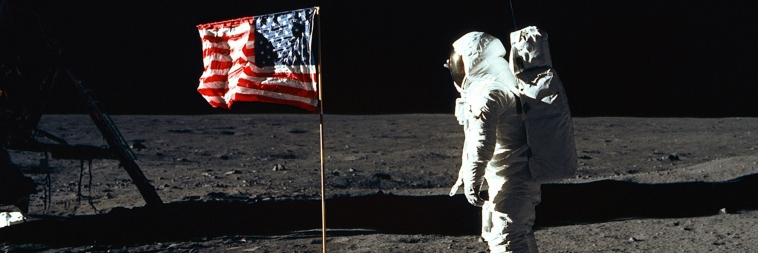
In this article, we’ll take you on a captivating voyage through the Apollo missions. We’ll explore their key milestones, the brave astronauts who ventured into the unknown, and the lasting impact these missions have had on technology and space exploration.
Imagine a time when space travel was merely a fantasy, a concept reserved for science fiction novels and wild imaginations. Then, in the 1960s, this fantasy took a giant leap towards reality with the Apollo missions. Although the missions’ aim may have been to reach the Moon, they ultimately symbolised human ingenuity, teamwork, and the relentless pursuit of knowledge. These legendary missions opened up a new era of space exploration and forever altered our history. But what made them so significant?
The Objectives of the Apollo Missions
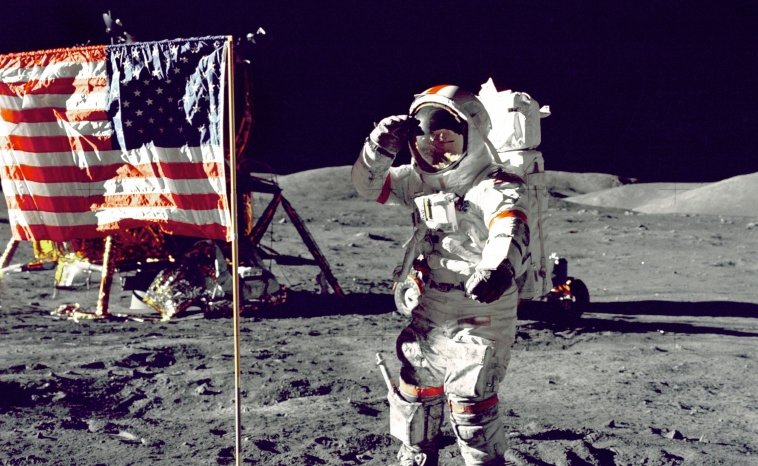
The Apollo program was a monumental undertaking with clear and ambitious objectives. At its core, the program aimed to land humans on the Moon and safely return them to Earth, a feat that would represent the pinnacle of human exploration and ingenuity.
This objective was famously articulated by President John F. Kennedy in 1961 during a speech before a joint session of Congress, where he boldly declared the nation’s goal to achieve this milestone “before this decade is out”. His inspiring words set the stage for a decade of intense scientific and engineering efforts involving thousands of dedicated scientists, engineers, and astronauts working tirelessly to turn this ambitious vision into reality.
The core objectives of the Apollo program were:
Landing a Man on the Moon
Apollo’s primary objective was to achieve a crewed lunar landing – a monumental milestone in human history. This feat required overcoming numerous technical challenges, such as developing a spacecraft capable of long-duration space travel, creating a lunar module specifically designed for landing and taking off from the Moon’s surface, and ensuring astronaut safety throughout the mission. This included life support systems, radiation protection, and emergency protocols to handle any unforeseen situations during the journey.
Scientific Exploration and Experiments
Apart from the landmark goal of landing on the Moon, the Apollo missions aimed to conduct a series of scientific experiments and gather lunar samples for detailed examination back on Earth. These experiments were meticulously designed to expand our understanding of the Moon’s composition, geology, and potential resources. Scientists wanted to analyse the Moon’s soil, rocks, and surface features to gain insights into its origin and formation and explore the possibilities of future mining and resource utilisation.
Advancement of Space Technology
Another crucial objective was to advance space technology by developing and implementing innovative solutions. The Apollo program spurred the creation of cutting-edge technologies that have since found applications in various fields, from medicine to telecommunications. The need for reliable spacecraft systems led to advancements in computer technology, materials science, and engineering practices.
Apollo Missions Overview
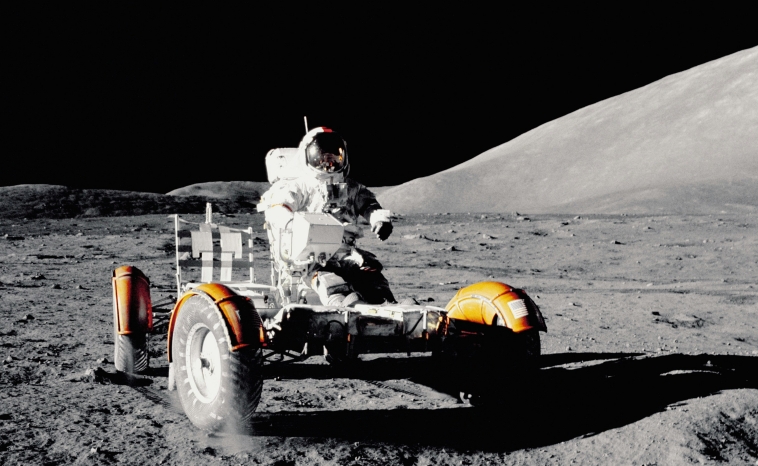
The Apollo missions were a series of remarkable achievements that pushed the boundaries of human exploration. Conducted by NASA between 1961 and 1972, these missions not only landed the first humans on the Moon but also provided invaluable scientific data and advanced our understanding of space travel. The dedication and ingenuity of the astronauts, engineers, and scientists involved continue to inspire future generations.
Let’s take a closer look at some of the critical milestones that defined this historic programme:
Apollo Missions – Key Milestones
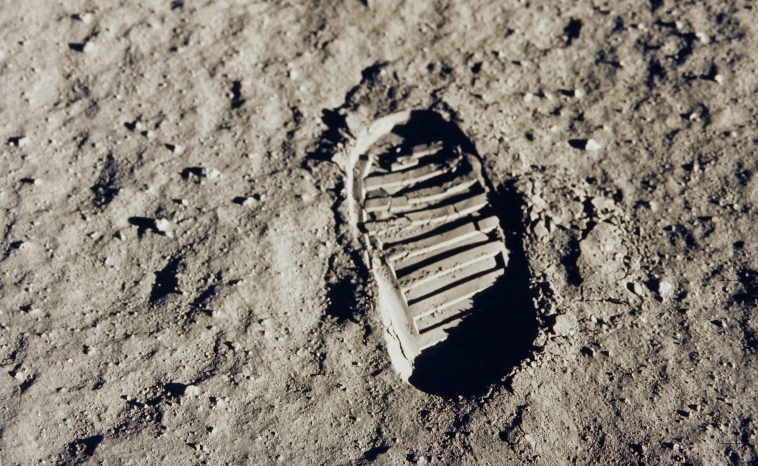
- Apollo 1: Initially designated AS-204, this mission was tragically marked by a cabin fire during a pre-launch test, resulting in the loss of three astronauts – Virgil “Gus” Grissom, Edward H. White II, and Roger B. Chaffee. This tragedy led to significant safety improvements in subsequent missions.
- Apollo 7: The first crewed mission in the Apollo programme, Apollo 7 served as a crucial test of the Command and Service Module (CSM). Launched on 11th October 1968, it provided vital data and paved the way for future manned missions. This mission also marked the first live television broadcast from space.
- Apollo 8: On 21st December 1968, Apollo 8 became the first manned spacecraft to leave Earth’s orbit and orbit around the Moon. Astronauts Frank Borman, James Lovell Jr., and William Anders captured iconic photos of the Earthrise over the lunar surface during this mission.
- Apollo 11: Perhaps the most celebrated mission in history, Apollo 11 saw Neil Armstrong and Edwin “Buzz” Aldrin become the first humans to set foot on the Moon on 20th July 1969. Their iconic words, “That’s one small step for man, one giant leap for mankind”, resonated globally. The success of this mission effectively ended the Space Race.
- Apollo 13: Originally scheduled as a lunar landing mission, Apollo 13 faced an unexpected crisis when an oxygen tank exploded on board the spacecraft. Despite facing a near-catastrophic situation, the crew of Apollo 13 successfully returned to Earth on 17th April 1970, thanks to quick thinking and ingenuity.
How Did the Apollo Missions Impact Space Exploration and Technology?
More than just journeys to the Moon, the Apollo missions were catalysts for technological innovation and space exploration. The Apollo program led to the development of numerous technologies that have since become integral to our daily lives. From advancements in computer technology to medical devices like the MRI, the ripple effect of Apollo’s innovations is immense.
The success of the Apollo missions inspired subsequent space exploration efforts. Projects like the Space Shuttle program, the International Space Station (ISS), and the Mars rovers owe their existence to the pioneering spirit of Apollo. Furthermore, Apollo fostered international collaboration in space exploration. The knowledge and experience gained from these missions laid the groundwork for partnerships between space agencies, such as NASA, ESA, and Roscosmos.
Final Thoughts on the Apollo Missions
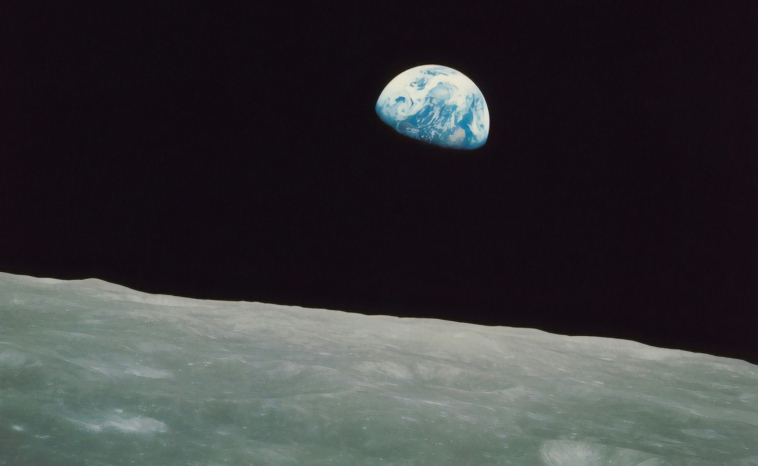
To this day, the Apollo missions stand out as one of humankind’s most incredible success stories. A testament to human determination, innovation, and the spirit of exploration, they achieved the seemingly impossible and opened up new horizons for humanity. From the first steps on the Moon to the technological advancements that followed, the legacy of the Apollo missions is one of inspiration and progress.
So, have you been inspired by the legacy of the Apollo missions and the boundless curiosity they ignited? Well then, why not take a piece of the cosmos home with the OSR Gift Pack? Perfect for space enthusiasts of all ages, this enchanting gift pack allows you to name your own star and receive a personalised star certificate. Dive into the mysteries of the universe and celebrate a timeless connection to the stars!

